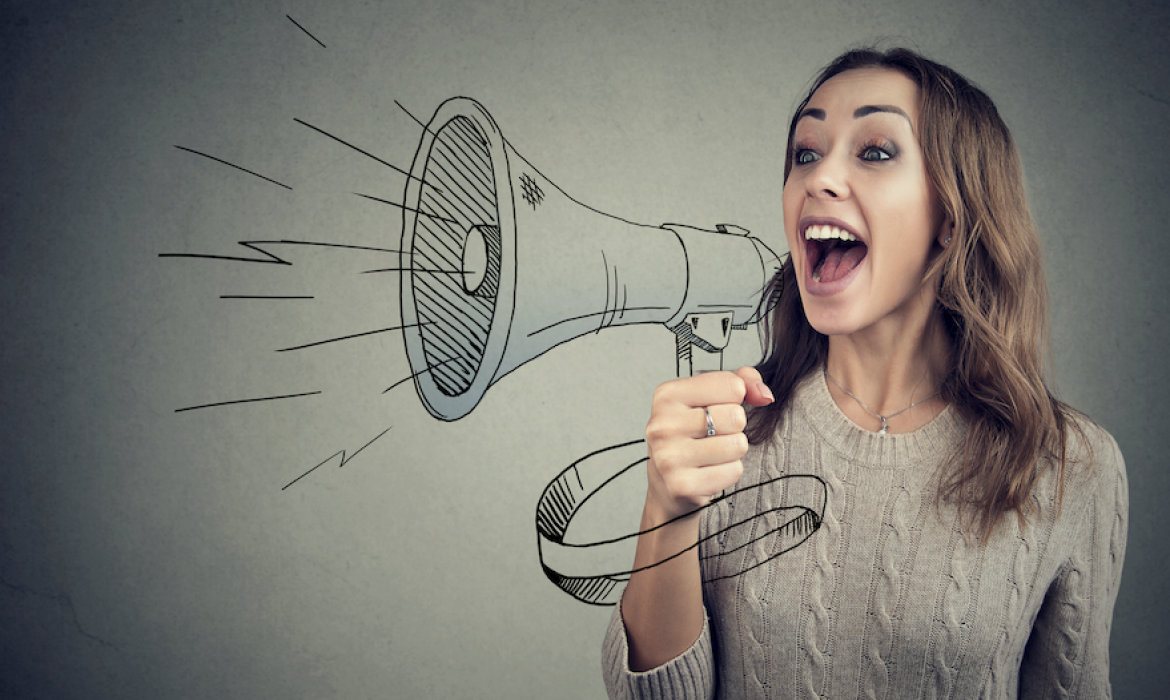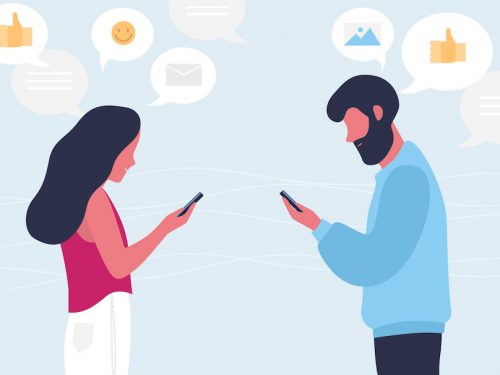
The pandemic has disrupted the influencer marketing industry—but don’t throw out the rulebook just yet. Most of the changes are accelerations of pre-existing trends, rather than transformative shifts in the market.
Sensitivities around the topic of the coronavirus have heightened the importance of brand- and relationship-building. Demand for sales-oriented influencer marketing, too, has deepened, thanks to the economic downturn.
“There’s certainly a drive from advertisers to have more attributable activity from our influencers,” said Mary Keane-Dawson, group CEO of influencer marketing agency Takumi, who was interviewed for our latest report, “Influencer Marketing in the Age of COVID-19.”
“Fast-moving consumer goods brands and self-care brands need to be able to sell products. It’s completely logical to have a performance element to it,” Keane-Dawson said.
Ecommerce has been the next frontier for influencer marketing since before the pandemic, with social platforms rolling out new features to facilitate the process, like Instagram with its shoppable branded content. The increase in digital buying overall during the pandemic has accelerated the trend, though making purchases via social networks is still a relatively niche activity.
In our June 2020 survey with Bizrate Insights, 70.4% of US adults had never made a purchase via a social media platform. Among those who had taken the plunge, Facebook was the most commonly used platform for social purchases (18.3%), followed by Instagram (11.1%) and distantly by Pinterest (2.9%).
Reconciling these two parallel but opposite trends requires brands to set clear goals and guidelines for their influencer marketing campaigns. These measures can also help brands manage expectations and determine the metrics for success.
___
source: eMarketer


